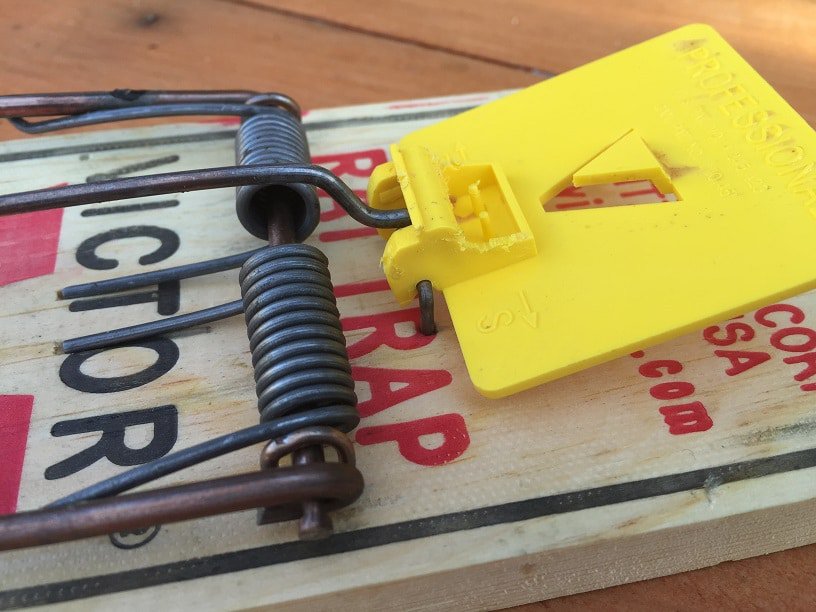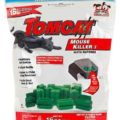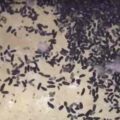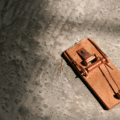Table of Contents
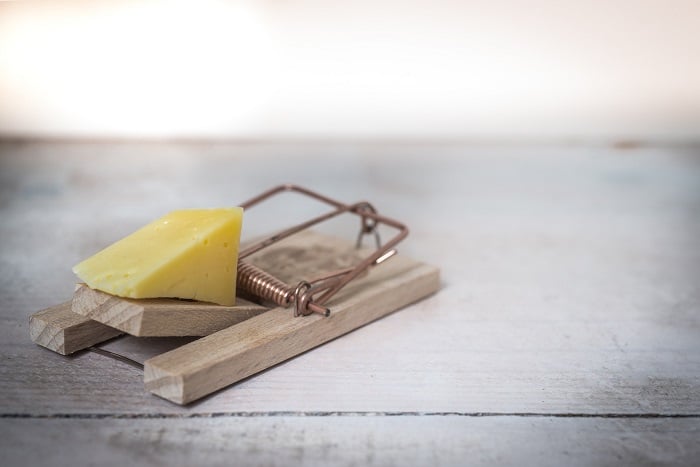
If you love peanut butter, then you might want to keep them out of reach, especially from pests like rats.
Rats love peanut butter, too, along with other scrumptious foods that are regular in your pantry. Other than your beloved sweets and delicacies, what do rats eat? It is noteworthy to learn and discover rat poison homemade from your food storage and is highly recommended for traps.
Yes! You got that right. A key to an effective trap is a bait that rats bite. Find out more in today’s post!
The Baits that Rats Bite for 100 % No Escape Trap
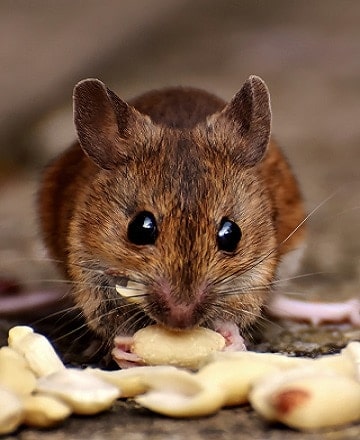
It might sound easy to lure pests just by presenting them with food. But keep in mind that rats are as intelligent as humans. However, they do not choose foods as humans do. What may taste delicious for a person’s taste bud may not be alluring for these rats.
In particular, rats are fond of the following:
- Cheese
- Peanut butter
- Nuts and cereals
- Grains
- Bacon and other processed meat
- Fruits and berries
Now that you know the list of food baits that rats bite know some of their eating habits to catch them at the right one at the right moment. One rodent might eat the cheese. But when the next one comes, it might totally ignore what is in the bait. Do not let these critters escape. Here is how to get familiarized with different rodent species and their eating habits.
Roof Rats Eating Habits
Roof rats are picky because they only prefer plant-based food. They are omnivores. Cheese may lure them once, but if they smell the peanut butter in your cupboard, they’ll escape the trap and crawl up to where Skippy might be hiding (you know Skippy, right?).
Choice of food
When in season, roof rats will eat:
- Berries
- Nuts
- Cereals
- Grains
- Seeds
Eating Habit
Imagine, as a human, you hoard a sack of rice grains, boxes of cereals, and pile cookie grain in a jar. Roof rats have the same eating habits. Know more about them:
- Roof rats hunt for food beginning at dusk until dawn.
- They are more active eaters at night.
- They will start hoarding food in the mid-early morning, from 2 am to 4 am.
- They hide and hoard the grains or seeds they had gathered.
Norway Rats Eating Habits
Norway rats are not omnivores. But they will eat anything from grains to nuts, meat, and fish. Interestingly, given their name, sewer rats, what they eat is not as filthy as their choice of dwelling.
Norway’s rats would prefer to eat fresh food. Like humans, they will get rid of stale foods: especially rotten fruits and soiled meat.
However, they love processed meat. With that said, don’t forget to put the products inside the fridge. Or else you will find them scoured and consumed. Better yet, use a piece as a trap.
How effective will this be?
Choice of food
- Fresh meat
- Fish
- Grains
- Nuts
- Fresh and dried fruit
Eating Habit
With the food choices mentioned above, you can picture that these rats prefer a balanced diet. Also, did you know they take in a lot of fluids? That means that they can also pinch holes in your juice boxes. They love to drink.
If your garbage bin contains fresh disposed foods, then the rats will be sure to enjoy scavenging in that. It has ample moisture, food items, and balanced meals that quench their hunger and thirst.
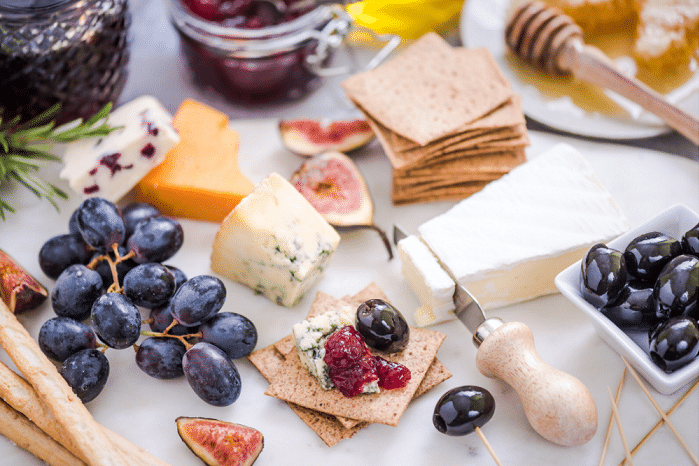
Tips and tricks for baiting rats
Now that you know the food that roof rats and Norway rats prefer. It would help to list down for you the tips on why rats do not bite the bait. Following that are tricks to help you trap the rats with your own hands (not literally, though)!
Know what are the factors affecting Rats Diet
Beyond their choices of food, there are other biological influences that affect what rats eat. Here are some notable marks that you may identify to understand more about rats and what they eat.
- Human’s food and diet
- Availability of food
- Location of food
- Food Competition
- Consistency of food
- Rat’s nesting behavior
Tricks of Setting the Bait Before You Trap
A common trap used for roof rats or Norway rats is a trap door and rat trap bucket. You can DIY trap doors. Check out the sample on this site. A double trap door will be more effective than one with a single entry.
Follow these steps to prepare and bait the rats:
1- Food Sample
Let the rats sample your food. You may not put the food bait inside the trap. You can create a short, tiny trail to lead the mouse to where the real surprise is. However, make sure that it won’t be too long either.
Rats are trickier than this list, so make sure that you would not give them a clue about the trap.
2- Secure the Rat in the Trigger Plate
Make sure that the bait is hung correctly. Do NOT make the food bait so large that rats reach for it without stepping on the trigger plate.
3- Choose the Trap Item
If you are using a single-door trap, the bait must be located at the far end of the trap. It should also be away from the walls so that the rats or mice can not reach for it from the outside.
If you consider the double trap door, then the food bait must be located in the middle and should be away from the walls.

